
Here are six new lateral thinking puzzles to test your wits and stump your friends — play along with us as we try to untangle some perplexing situations using yes-or-no questions.

Here are six new lateral thinking puzzles to test your wits and stump your friends — play along with us as we try to untangle some perplexing situations using yes-or-no questions.
In 1960, British researcher Donald Michie combined his loves of computation and biology to consider whether a machine might learn — whether by consulting its record of past experience it could perform tasks with progressively greater success.
To investigate this he designed a machine to play noughts and crosses (or tic-tac-toe). He called it the Machine Educable Noughts And Crosses Engine, which gives it the pleasingly intimidating acronym MENACE. MENACE consists of 304 matchboxes, each of which represents a board position. Each box contains a collection of beads representing available moves in that position, and after each game these collections are adjusted in light of the outcome (as described here). In this way the engine learns from its experience — over time it becomes less likely to play losing moves, and more likely to play winning (or drawing) ones, and it becomes a more successful player as a result.
University College London mathematician Matthew Scroggs describes the engine above, and he’s built an online version that you can try out for yourself — it really does get noticeably better as it plays.
Designed by Baroque architect Francesco Borromini in 1632, this gallery in Rome’s Palazzo Spada is a masterpiece of forced perspective — though it appears to be 37 meters long, in fact it’s only 8. The effect is produced by diminishing columns and a rising floor; the sculpture at the end, which Borromini contrived to appear life size, is only 60 centimeters high.

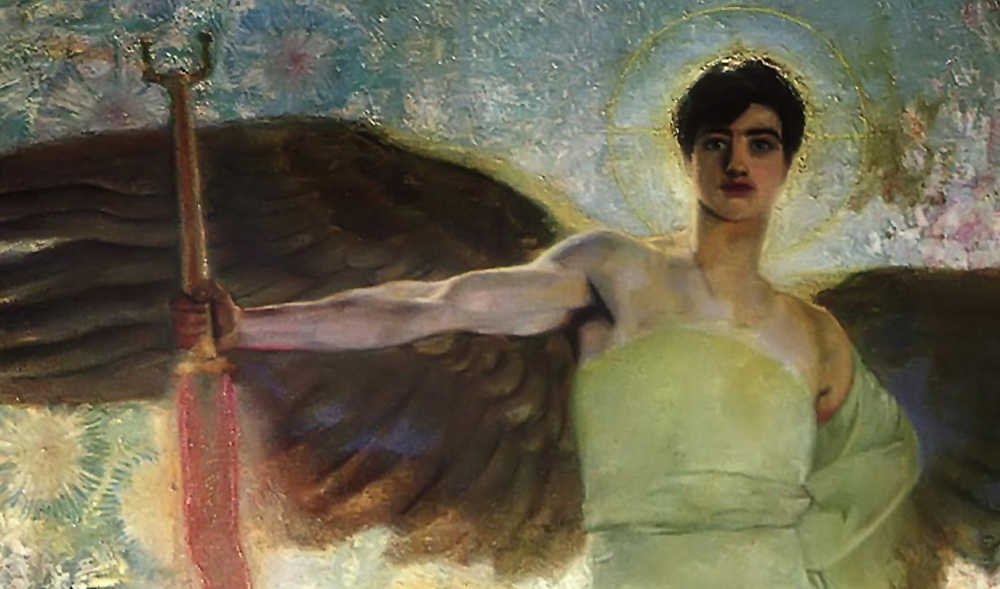
A famous artist once painted an angel with six toes.
‘Who ever saw an angel with six toes?’ people inquired.
‘Who ever saw one with less?’ was the counter-question.
— Life, June 12, 1890
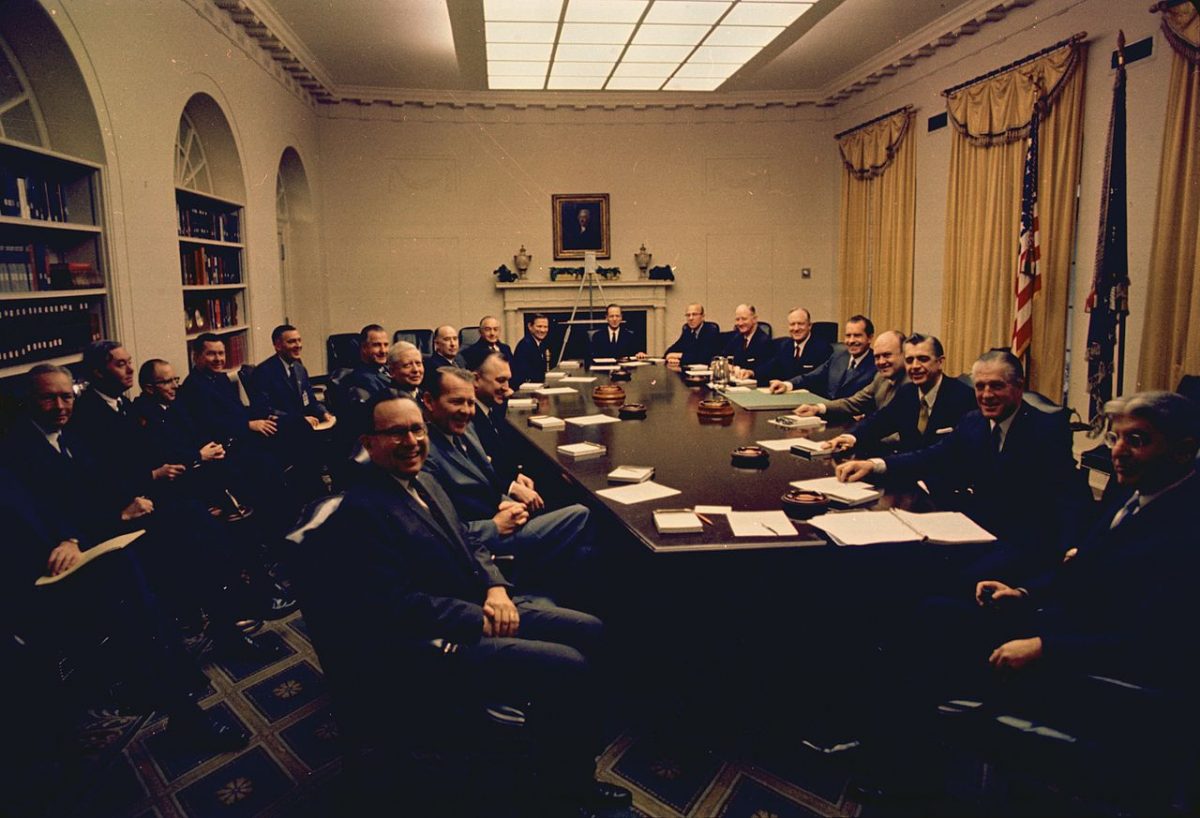
The famous mathematician Stanislaw Ulam thought of the following paradox, which is now known as the Ulam Paradox: When President Richard Nixon was appointed to office, on the first day he met his cabinet he said to them: ‘None of you are yes-men, are you?’ And they all said, ‘NO!’
— Raymond Smullyan, A Mixed Bag, 2016
A problem from the British Columbia Colleges Senior High School Mathematics Contest, 2000:
Not all of the nine members on the student council are on speaking terms. This table shows their relationships — 1 means two members are speaking to each other, and 0 means they’re not:
A B C D E F G H I A - 0 0 1 0 0 1 0 0 B 0 - 1 1 1 1 1 1 1 C 0 1 - 0 0 0 1 1 0 D 1 1 0 - 1 0 1 0 1 E 0 1 0 1 - 0 1 0 0 F 0 1 0 0 0 - 0 0 1 G 1 1 1 1 1 0 - 0 0 H 0 1 1 0 0 0 0 - 0 I 0 1 0 1 0 1 0 0 -
Recently councilor A started a rumor, and it was heard by each councilor once and only once. Each councilor heard it from, and passed it to, another councilor with whom she was on speaking terms. If we count councilor A as zero, then councilor E was the eighth and last councilor to hear the rumor. Who was the fourth?
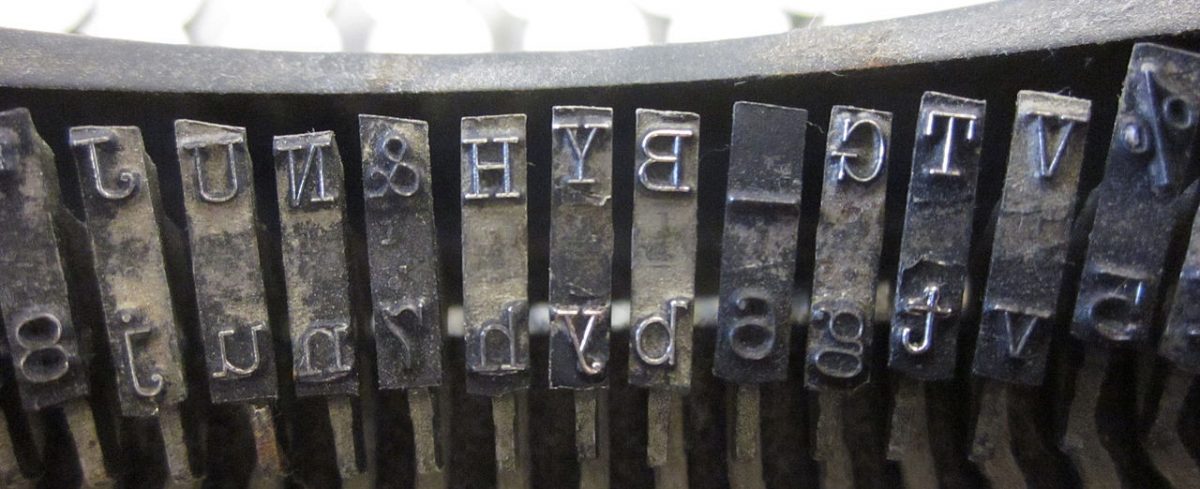
In the early days of typewriting, this was usually the first thing typed on each new typewriter after it rolled off the production line:
Amaranath sasesusos Oronoco initiation secedes Uruguay Philadelphia
A worker known as an aligner typed it to check that the resulting letters were aligned correctly on the platen.
How does it work? ‘Amaranath,’ the misspelled name of an imaginary flower, checks the alignment of the vowel ‘a’ between a number of common consonants. ‘Oronoco’ checks the ‘o’ key, while ‘secedes,’ ‘initiation’ and ‘Uruguay’ check three vowels that are among the most commonly used of all letters, ‘e,’ ‘i,’ and ‘u.’ ‘Sasesusos’ not only compares four of the five vowels in the same word against the baseline of the letter ‘s,’ but also ‘includes several of the most common letter combinations in twentieth-century business English.’ ‘Philadelphia’ checks the horizontal alignment of ‘i’ and ‘l,’ the narrowest letters on the keyboard.
What does “Amaranath sasesusos Oronoco initiation secedes Uruguay Philadelphia” actually mean? “Unlike most sentences, it was rarely spoken, and no one particularly cared what it might mean in the conventional sense.” (The “quick brown fox” came later.)
(From Darren Wershler-Henry, The Iron Whim, 2005.)
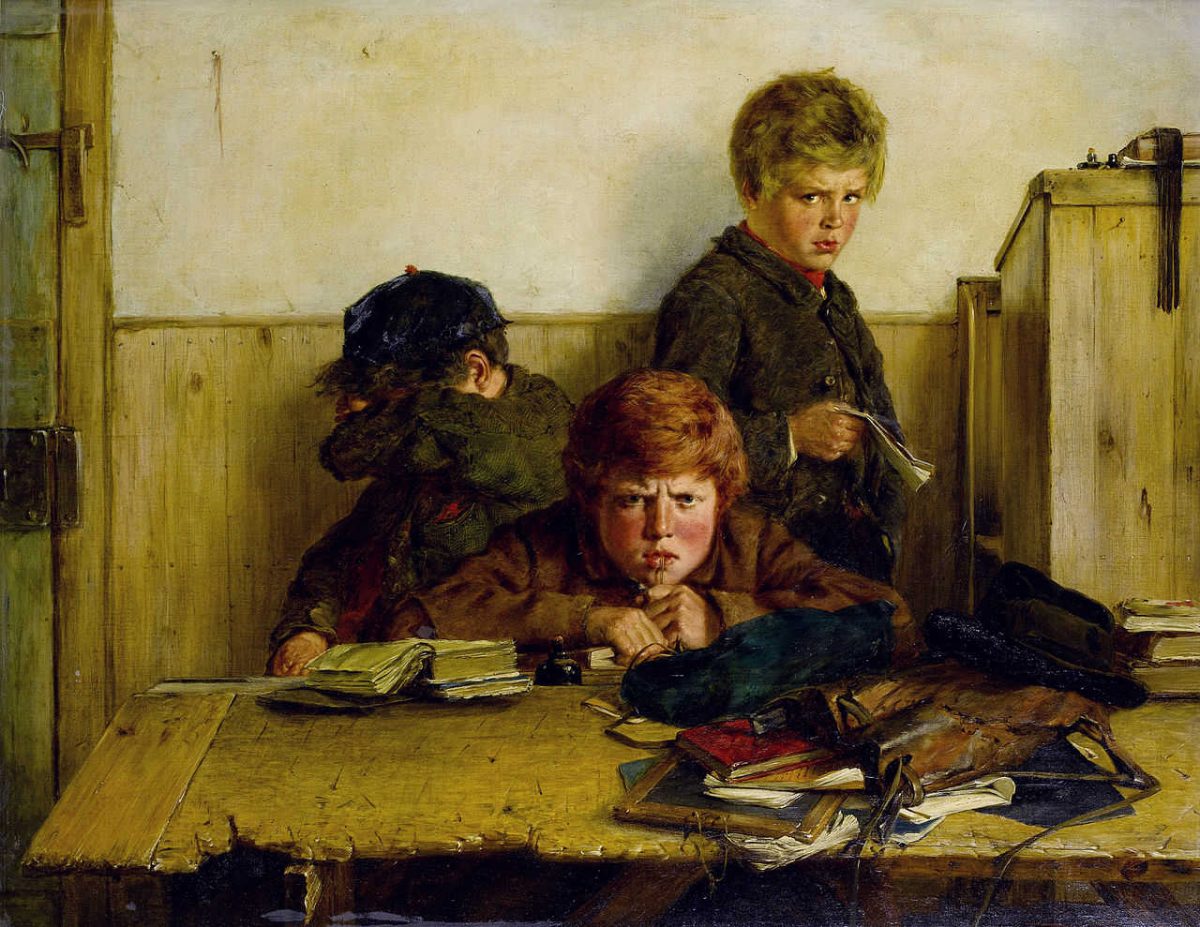
“It is astonishing the influence foolish apothegms have upon the mass of mankind, though they are not unfrequently fallacies,” wrote Sydney Smith. He used to amuse himself by collecting them; the first was Because I have gone through it, my son shall go through it also:
A man gets well pummelled at a public school; is subject to every misery and every indignity which seventeen years of age can inflict upon nine and ten; has his eye nearly knocked out, and his clothes stolen and cut to pieces; and twenty years afterwards, when he is a chrysalis, and has forgotten the miseries of his grub state, is determined to act a manly part in life, and says, ‘I passed through all that myself, and I am determined my son shall pass through it as I have done;’ and away goes his bleating progeny to the tyranny and servitude of the long chamber or the large dormitory. It would surely be much more rational to say, ‘Because I have passed through it, I am determined my son shall not pass through it; because I was kicked for nothing, and cuffed for nothing, and fagged for everything, I will spare all these miseries to my child.’ It is not for any good which may be derived from this rough usage; that has not been weighed and considered; few persons are capable of weighing its effects upon character; but there is a sort of compensatory and consolatory notion, that the present generation (whether useful or not, no matter) are not to come off scot-free, but are to have their share of ill-usage; as if the black eye and bloody nose which Master John Jackson received in 1800, are less black and bloody by the application of similar violence to similar parts of Master Thomas Jackson, the son, in 1830. This is not only sad nonsense, but cruel nonsense. The only use to be derived from the recollection of what we have suffered in youth, is a fixed determination to screen those we educate from every evil and inconvenience, from subjection to which there are not cogent reasons for submitting. Can anything be more stupid and preposterous than this concealed revenge upon the rising generation, and latent envy lest they should avail themselves of the improvements time has made, and pass a happier youth than their fathers have done?
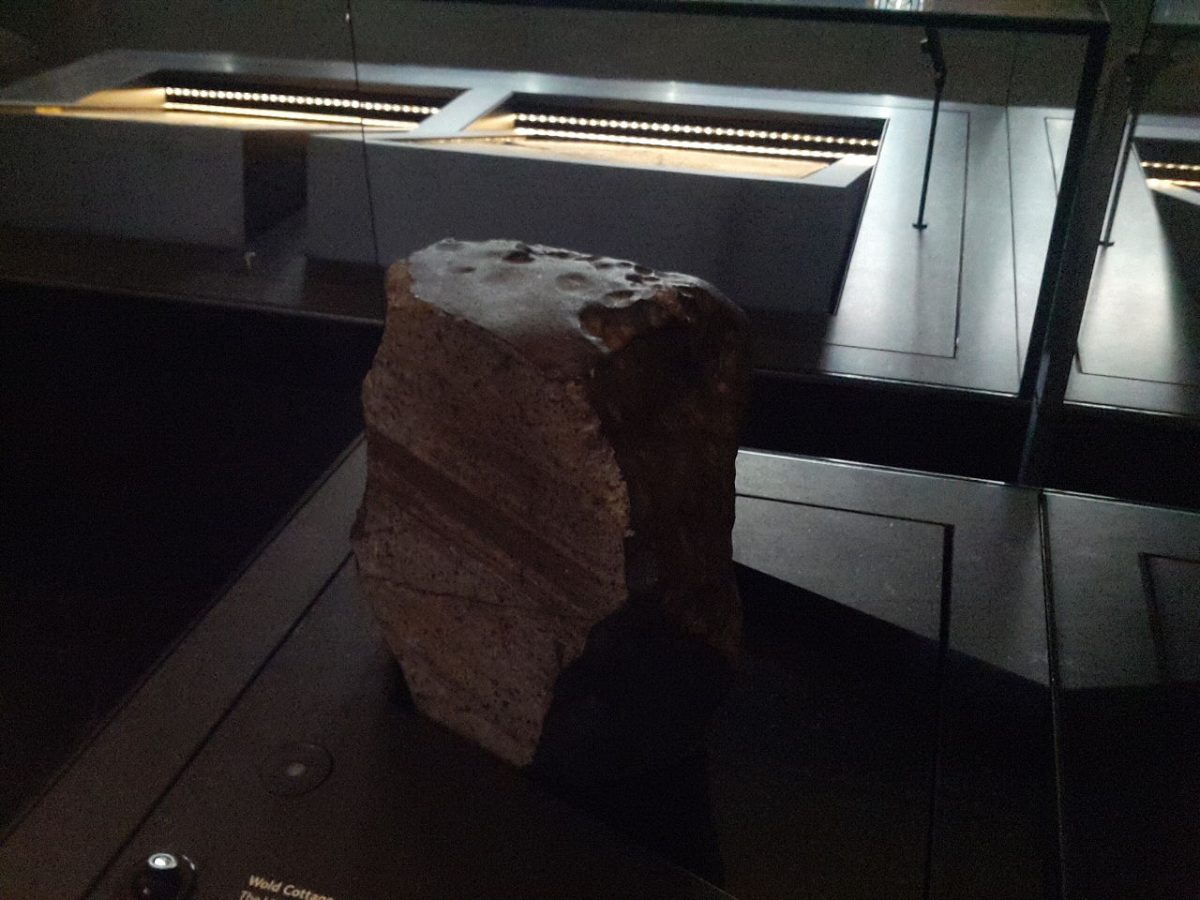
In 1795 a 56-pound meteorite fell in Yorkshire, a few miles from the village of Wold Newton. No one was hurt, but several people saw it land, and it was still warm and smoking when curious witnesses reached it.
That got Philip José Farmer thinking. In his 1972 book Tarzan Alive, the science fiction author revealed that seven couples and their coachmen had been riding past the village when the meteorite struck only 20 yards away. “The bright light and heat and thunderous roar of the meteorite blinded and terrorized the passengers, coachmen, and horses. … They never guessed, being ignorant of ionization, that the fallen star had affected them and their unborn.”
The coach passengers included:
The coachmen included:
The radiation caused a genetic mutation in all of them, endowing them with extremely high intelligence and strength and producing a family tree of 92 people whose deeds have been documented by Sir Arthur Conan Doyle, Edgar Rice Burroughs, Sax Rohmer, Dorothy L. Sayers, Jules Verne, and others.
Farmer died in 2009, but he’s credited with pinpointing “the single cause of this nova of genetic splendor, this outburst of great detectives, scientists, and explorers of exotic worlds, this last efflorescence of true heroes in an otherwise degenerate age.” The work of uncovering the links among these remarkable people is carried on by an avid community of researchers.
In Anthony Boucher’s short story “QL 696.C9,” a librarian is found dead at her desk. She has been shot, and apparently spent her last moments typing the Library of Congress card catalog number that gives the story its title. The killer evidently saw nothing incriminating in this and so left it alone. The investigators have narrowed the list of suspects to junior librarian Stella Swift, children’s librarian Cora Jarvis, library patron James Stickney, and high school teacher Norbert Utter. Who did it?